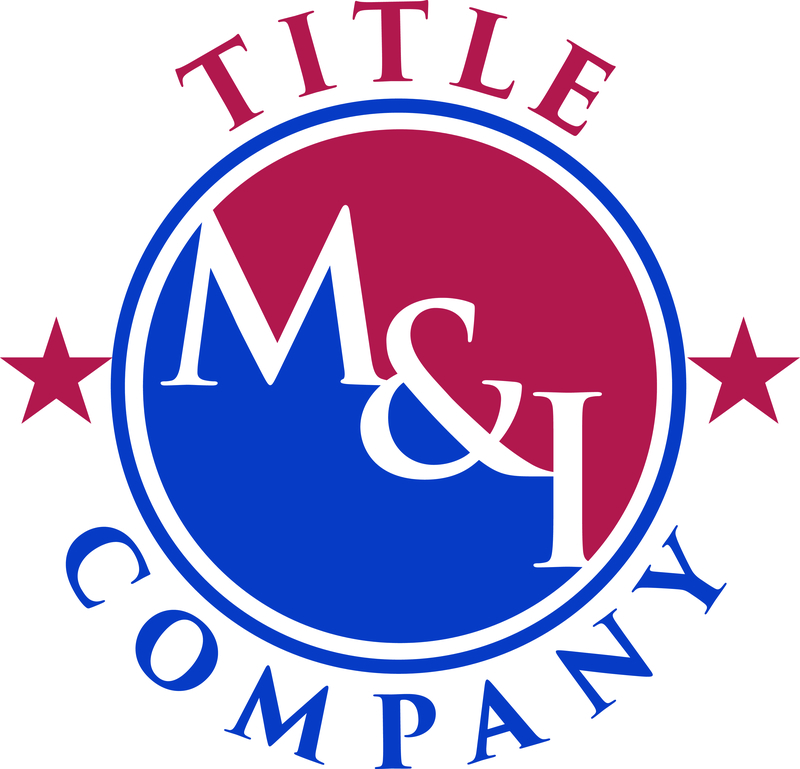For weeks after the winds died down on May 16, 2025, the St. Louis tornado left more than just rooftops shattered and trees uprooted – it cracked open the hidden workings of our housing market.
Meet Denise Harris (name changed for privacy). She spent the afternoon of the storm standing in her Walnut Park living room as a brick chimney collapsed sideways, before walking out to the curb and watching three men in out-of-state plates stop by: “You ready to sell?” they asked.
For families like Denise’s, the trauma is immediate. But for the market, something else is happening: what experts call disaster gentrification. Investors, speculators, and out-of-state buyers are circling damaged properties and “heirs’ property” homes – often at deep discounts – while thousands of residents remain displaced.
Here’s what buyers and sellers in the St. Louis market need to understand, empowered by data and anchored in human experience.
What the Data & Reality Show
-
On May 16, 2025, a tornado with winds up to 152 mph struck parts of St. Louis, damaging roughly 5,000 structures and causing an estimated $1.6 billion in property damage.
-
A major disaster declaration was approved (DR-4876 for May 16) that unlocked federal funding for St. Louis and surrounding counties.
-
The city reports that the tornado impacted more than 10,000 buildings in some estimates.
-
The city’s tax collector postponed four scheduled real-estate tax sales in 2025 (about 1,264 parcels) to October 14 to give homeowners breathing room.
-
Legal complexity: Families inheriting property without wills (“heirs’ property”) often lack clear title, making them vulnerable to acquisition.
How This Plays Out on the Ground
Picture this:
-
A longtime homeowner, Ms. Harris, now lives in a motel paid for by relief, while her house sits tarp-covered and unoccupied. Her phone rings: “We’ll take it for 40% of market.” Meanwhile…
-
Across the street, a Midwest investor flips the property for a rent-to-own line as soon as the insurance claim settles.
-
In nearby blocks, heirs who lost a parent and now share ownership of a battered home argue over whether to sell – title isn’t clear, the family lacks funds for repair, and they’re hundreds of miles away.
These micro-stories are the new reality for many neighborhoods in north St. Louis.
That matters for buyers and sellers because the usual rules of “neighborhood fundamentals” are being bent by post-disaster dynamics.
What Buyers Should Know
-
Opportunity plus caution: Damaged homes may sell at steep discounts – especially those flagged “unsafe to occupy” or needing major repair. That’s a potential value play.
-
Additional risk: These properties often carry higher repair/insurance liabilities, possible demolition orders, cloudy title (especially heirs’ property), or unclear zoning/ownership status.
-
Neighborhood flux: With damage, delayed repairs, or investor acquisition, the composition of the neighborhood (owner-occupied vs. rental) may shift, affecting long-term stability.
-
Ethical investing counts: Buyers who come in with community interest (rehab, rent responsibly, keep ownership local) not only avoid reputational risk – they often unlock better value and goodwill.
What Sellers Should Know
-
Your timing is key: If you own in a storm-affected zone and are ready to move, you may be in a sweet spot of interest – buyers are scanning for these “hidden gem” properties.
-
Don’t undervalue your story: Your home isn’t just “damaged” – there’s value in its rebuild potential, your neighborhood’s strengths, and the community you’ve helped sustain.
-
Choose your buyer wisely: If an investor comes knocking, ask about their plan: Will they rehab for owner-occupants or rent short-term? Their intentions affect the next-door value and your legacy.
-
Leverage the delay: With the city postponing tax sales and relief programs in place, you can use the time to strengthen your position, document damage, clarify title, and present the best narrative.
What’s Shaping the Policy & Market Landscape
-
The state of Missouri advanced a relief bill of $100 million+ for disaster-aid in St. Louis; language includes emergency housing assistance & tax credits for deductibles.
-
The city’s collector warned of “predatory practices” targeting homeowners in tornado-affected zones.
-
Heirs’ property – without clear title – is particularly vulnerable to acquisition, especially when the heirs live out of state or cannot manage repairs themselves.
-
Tax-sale postponements slow one form of wholesale acquisition, but the playing field is still shifting fast.
Putting It All Together: Your Game Plan
For Buyers:
-
Leverage your agent to check title issues, heirs’ property status, insurance history, demolition/repair logs, and neighborhood rebuild plans.
-
Consider neighborhoods not just on current price but on post-disaster potential: access to transit, schools, parks, and local infrastructure matter now more than ever.
-
Bring patience and a long view – true flips may take longer in these zones; the risk is reward-dependent.
For Sellers:
-
Don’t let “damage” be your only story. Highlight your neighborhood’s underlying strengths: how long you lived there, what’s nearby, upgrade potential, etc.
-
Use the delay in tax sales and relief programs to your advantage: document everything, prepare your disclosures, and market smart.
-
Pick your buyer with an eye on legacy: someone who will rehab and own – rather than just rent-strip and flip – may send better ripples into your resale market.
Why This Matters for the St. Louis Market
In St. Louis, many of the neighborhoods hardest hit by the storm overlap with areas that have seen decades of disinvestment. That means the current moment is both precarious and full of possibility.
-
Precarious because longstanding homeowners have fewer buffers, heirs’ property issues abound, and the risk of displacement is real.
-
Full of possibility because ethical investment, community-centric rehab, and smart policy can reset the value proposition for neighborhoods – benefitting both buyers and sellers.
In short: If the last decade was about fixed-zip code assumptions, this one is about what happens after the storm. And you want a strategy aligned to that.
Bottom Line
This is not business as usual. The tornado didn’t just rip off shingles – it shifted the rules of engagement in some parts of St. Louis. Whether you’re buying or selling, you need context, clarity, and a realtor who knows the terrain.
That’s where I come in. I’m Karen Moeller with MORE, REALTORS® – I bring heart & hustle to every deal. If you’re wondering what this all means for your property, your next listing, or your investment plan in the St. Louis region – let’s talk.
Let’s turn disruption into opportunity – smart, ethical, and St. Louis style.


